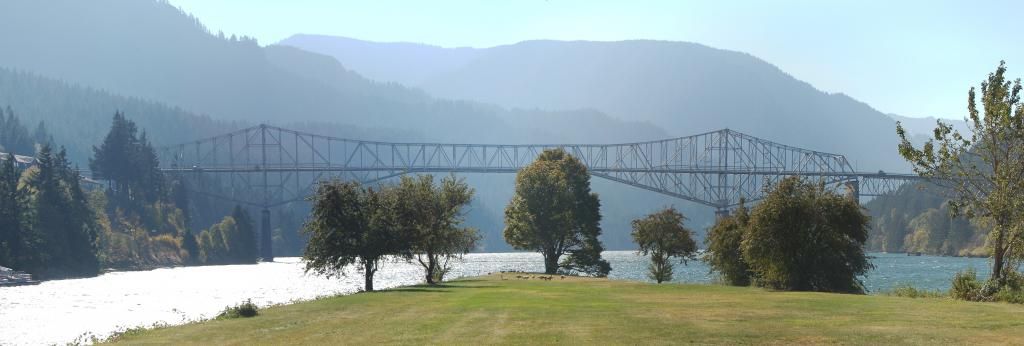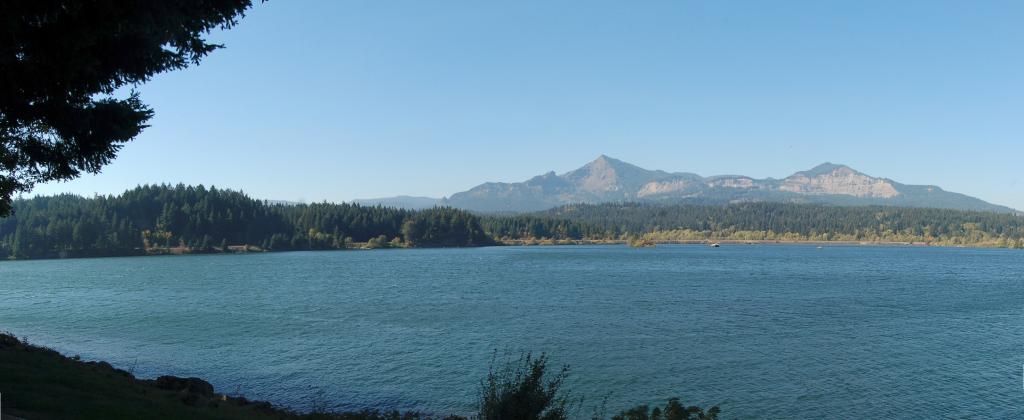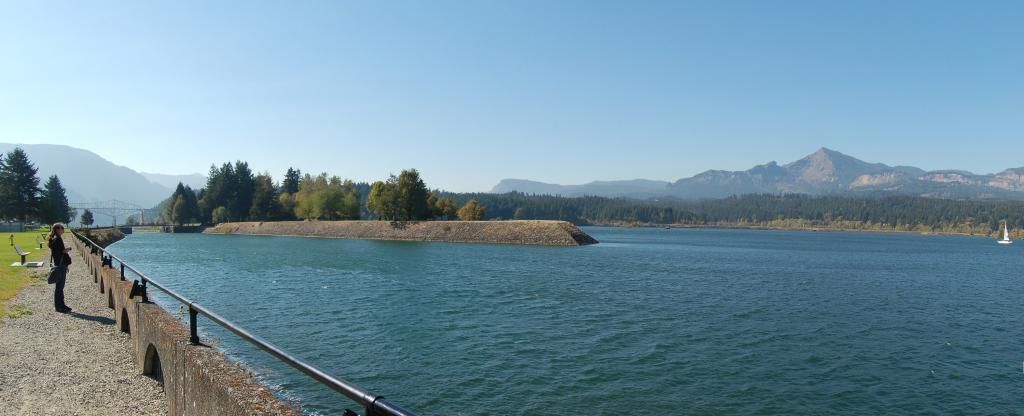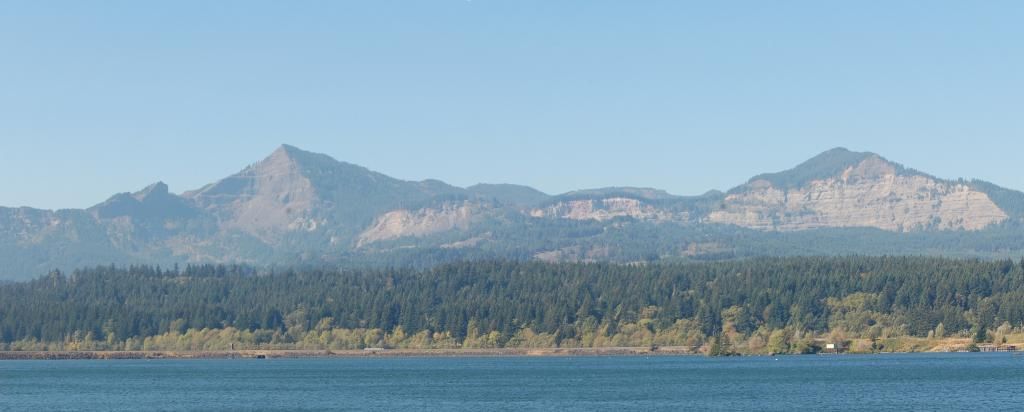Last Wednesday,
we puny humans landed on a comet- kudos and sincere admiration to ESA. I fully expected that I would lose a day or two focused entirely on that, and I did. Then, due to the (hilarious) foibles of the landing, as I was struggling to get caught up with my reading Friday, Philae was sputtering out of battery power, and was apparently headed into "hibernation mode," or as one wag put it, "a coma." So again I was largely distracted, watching breathlessly to see if the last batches of data were uploaded to Rosetta for later transmission back to us. They apparently were.
So all in all, an incredible success, with the proviso that a hoped-for extended mission looks unlikely to happen. That's why they call them "extended missions:" everything has to go perfectly, and this landing, while it had me alternately laughing and shaking with suspense, did not go perfectly.
Saturday, I was within range to not only get my reading finished, but probably get started catching up on the Geo 730 posts, possibly even get an early start of the
Sunday Funnies, which are now more than two weeks in arrears.
But Interzone's wireless router had different ideas. It's been problematic for years, but when the students returned this fall, it was an utter disaster, lasting for, at best, an hour or two, or at worst, a few minutes before needing to be reset. Saturday, it was lasting seconds before crashing again. At times, I can get onto the OSU visitor network, but it's slow and intermittent, and also prone to losing signal. I was able to get out a few Tweets, but as far as internetting goes, Saturday was a complete loss. I went home before 3 PM, which both my cat and I found a little odd-feeling. Apparently, a new router was purchased and installed later that day.
The problem is that the routers that have been in use here are intended for homes, not small businesses, and there's just too much traffic for a home router to handle here. I'm told that within the next day or two, they will be acquiring an "access point," which I'm led to understand will be more capable of handling the traffic of a busy coffee shop with (aside from yours truly) a high turnover rate. That is, people who pop onto the web for a few minutes while they consume their drink, head out, and are replaced by others in rapid succession.
So long and short, *I'm* fine, just behind, and I'm hoping to get some Geo posts done this afternoon. Eventually, I'll try to put together a post on Philae, because it truly is a wonderful story, with many unexpected twists. I'm keeping my fingers crossed that this new-fangled high-tech contraption works well, because I can't tell you how much time I've wasted this fall waiting for the information superhighway to overcome gridlock.
For those who've seen and recall the opening scene of "The Fifth Element," you may be amused to know that I've worked out a code with a couple of the barristas: "Aziz! Router!"
























